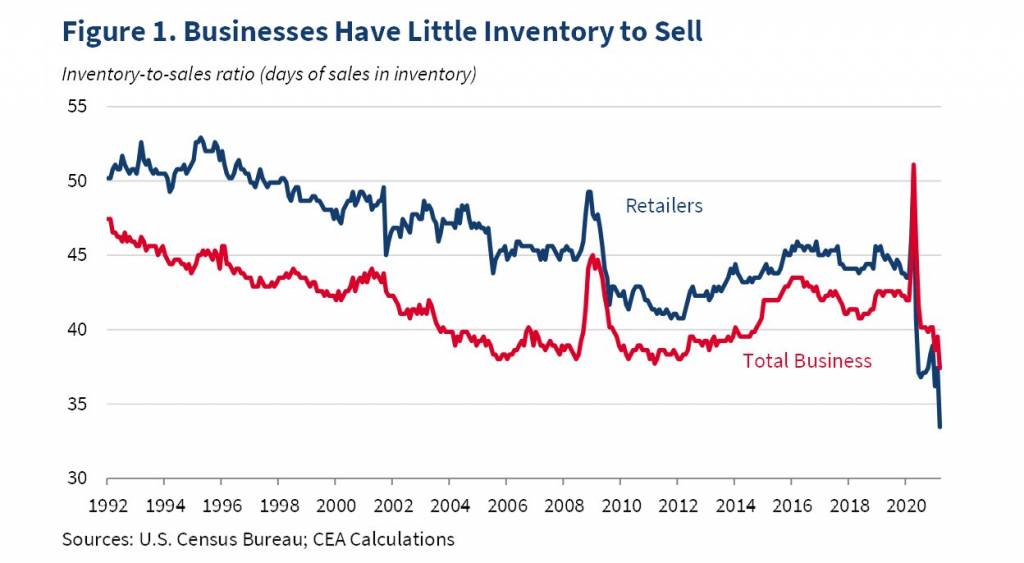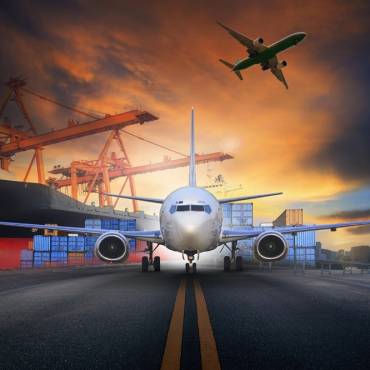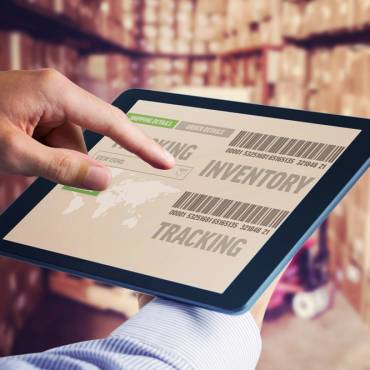A lot goes into putting a product on a shelf — beyond just delivering it to the store. From your morning cup of coffee to your cell phone, every product in our lives depends on a supply chain. And when something interrupts the supply chain for critical products, that can disrupt your daily life and cause ripple effects in the market. The current supply chain shortages are wreaking havoc in many households across the US
Supply chain shortages have been commonplace in 2022. But what drives the current shortages of critical materials, and when will it end? Read on to learn more about the supply chain and current industry shortages — and tips on managing them.
What is the supply chain?
A supply chain is a link between companies and people that produce and distribute a product. The supply chain begins with producers of raw materials and ends when the final product arrives to the consumer or on a retail shelf.
Links in the supply chain include:
- Producers
- Vendors
- Warehouses
- Transportation and logistics companies
- Retailers
As an example, the supply chain for a loaf of bread might look something like this:
- Raw materials: First, a farm grows and harvests wheat
- Refining: A grain refinery grinds the wheat into flour
- Manufacturing: A bakery purchases the flour, then combines it with other ingredients to bake a loaf of bread. The bread is packaged and dated, then shipped out for distribution.
- Distribution: In-house logistics team or third-party logistics company distributes the finished loaves to supermarkets, where they line retail shelves.


What’s causing supply chain issues in 2022?
Today, many major company supply chains span the globe. And since the global pandemic in 2020, the global supply chain is still feeling the ripple effects.
The pandemic caused shortages in raw materials and components, like wood and steel. Backlogs at major shipping ports slowed delivery times, and China’s continued zero COVID policy continues to cause tensions and uncertainty. Russia’s war in Ukraine is also a factor since military activity backlogged key ports in the area. And Russian sanctions also contributed to fuel shortages and increased fuel prices.
Many experts expected supply chain issues to ease in 2022. However, continuing labor shortages put stress on the logistics industry, along with the looming potential for a railroad strike.
When will supply chain issues end?
So, is there any chance of relief for supply chain shortages in 2023? According to a recent survey from Supply Chain Management Review (SCMR), many believe current supply chain issues will last through the new year. Around one in three business owners surveyed believe that supply chain issues will last until the end of summer 2023.
Another recent survey of logistics executives provided a similar outlook. 44% of survey participants expect the supply chain crisis to ease by the end of 2023.
The top supply chain concerns SCMR survey participants cited include:
- Global political unrest
- Lack of raw materials
- Rising fuel and energy costs
Interestingly, only 33% of participants cited inflation as a concern, despite record inflation levels in 2022. However, some economists expect inflation to fall to 2.8% in 2023 — a glint of good news.
How can I manage disruptions in 2023?
For now, we can only predict what the future will hold. So, how can you manage and improve your supply chain to navigate potential shortages in the future?
According to SCMR, ways that business owners and supply chain executives are looking to improve their supply chain include:
- Adopting new technology – Tools like AI and machine learning could help a company process and leverage data to improve their performance – or find inventive solutions they may not have considered before.
- Implementing new contingency measures – If supply chain issues persist or reemerge, a contingency measure could help avoid delays or supply bottlenecks. For example, storing an emergency surplus of essential material domestically in a warehouse.
- Prioritizing U.S.-based supply chain solutions – When possible, relying more on domestic suppliers could help eliminate uncertainties or shipping delays with imported goods.
- Using environmentally friendly supply chain solutions – Alternatives fuel sources or electric trucks could help eliminate the reliance on expensive diesel fuel and help a company lower its carbon footprint.
Additionally, you can always partner with a dedicated third-party logistics company (3pl) to help manage your supply chain. With a 3pl, you outsource all your logistic needs to a dedicated company that will figure out the hard part for you.
You don’t have to make logistic decisions yourself and can instead focus your time and energy towards growing your business in other areas — like growing your market.
A northeast trucking company you can trust
If you’re looking for a northeast trucking company to guide your supply chain through supply chain shortages, N&D Transportation Company is here for you.
We’ve been in the industry for over 50 years, providing trucking services throughout New England, New York, New Jersey, and Eastern Pennsylvania. We can also help you with national or international shipping through our partner carriers.
We’ve helped other businesses through tough years like 2008 and 2020 — and we’re here to help you navigate 2023 and beyond. Contact us for more information on how we can help your business today.



